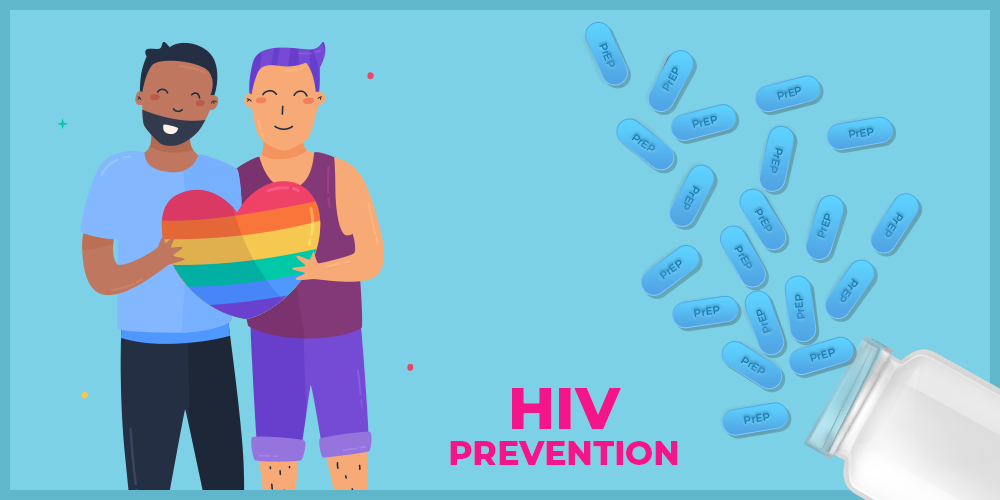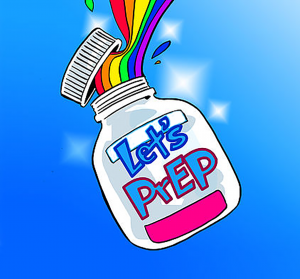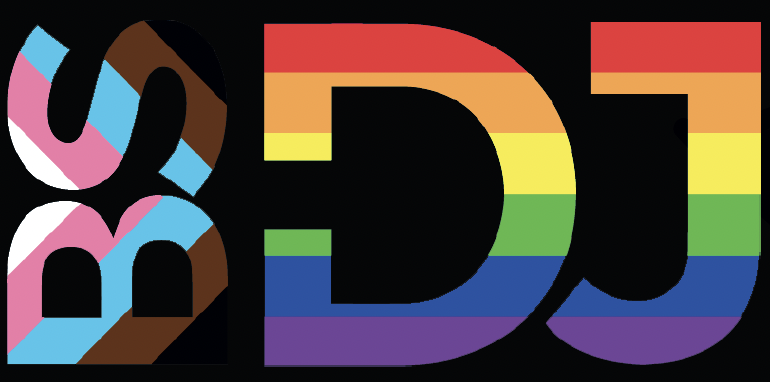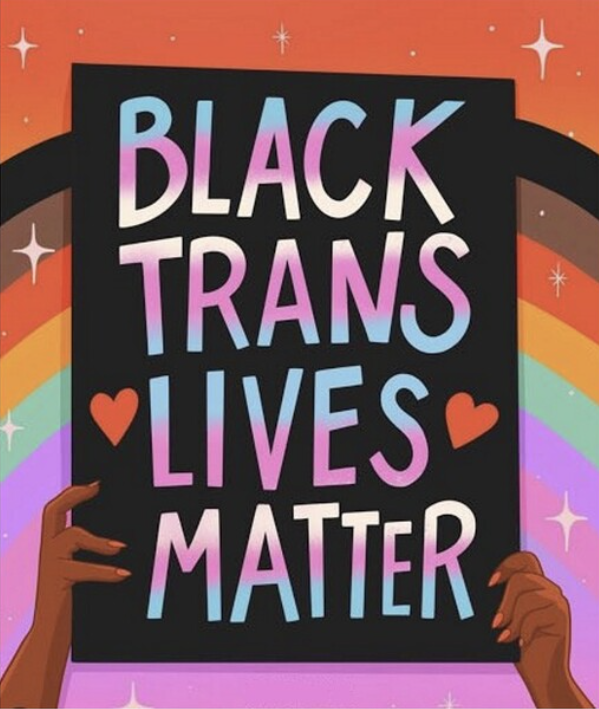
Lee Joshua Melo
Social barriers to pre-exposure prophylaxis access and use within sexual and gender minorities in the UK
Pre-exposure prophylaxis (PrEP) is a biomedical tool taken by HIV-negative individuals to prevent HIV transmission. (1) HIV prevalence is disproportionately high for transwomen and Afro-Caribbean men who have sex with men (ACMSM). (2,3) This suggests that maximising PrEP uptake could be fundamental in curbing HIV prevalence, thus social barriers inhibiting its uptake warrant a deep understanding. The aim of this critical inquiry is to develop an understanding of PrEP social barriers faced by ACMSM and transwomen in the United Kingdom (UK).
The following databases were used for this critical inquiry: JSTOR, PubMed, and Web of Science. Out of the 30 studies identified as relevant, 10 studies were included in the review. This critical review was accepted for publication by the British Student Doctor Journal on the 10th April 2021.
PrEP social barriers identified include: stigma, insufficient awareness, non-adherence, and suboptimal patient-provider relationships. (4-12) Social barriers to PrEP uptake are enhanced amongst ACMSM and transwomen due to intersectionality. Continued training on intersectionality and sexual and gender minorities (SGM) health are essential for enhancing patient-PrEP provider relationship, boosting PrEP uptake, and reducing discrimination from sexual health services. (14)
References:
1. Gibb JK, DuBois LZ, Williams S, McKerracher L, Juster RP, Fields J. Sexual and gender minority health vulnerabilities during the COVID‐19 health crisis. American journal of human biology. 2020;32(5):e23499-n/a.
2. Organization WH. Global HIV, Hepatitis and STIs Programme [Internet]. Switzerland: World Health Organization;2020 [cited 2020 Nov 30]. Available from: https://www.who.int/hiv/topics/transgender/about/en/.
3. Trust NA. HIV in the UK statistics [Internet]. United Kingdom: National AIDS Trust; 2020 [cited 2020 Dec 1 ]. Available from: https://www.nat.org.uk/about-hiv/hiv-statistics
4. Witzel TC, Nutland W, Bourne A. What are the motivations and barriers to pre-exposure prophylaxis (PrEP) use among black men who have sex with men aged 18–45 in London? Results from a qualitative study. Sex Transm Infect. 2019;95(4):262-6.
5. Young I, Flowers P, McDaid LM. Barriers to uptake and use of pre-exposure prophylaxis (PrEP) among communities most affected by HIV in the UK: findings from a qualitative study in Scotland. BMJ Open. 2014;4(11):e005717-e.
6. Grov C, Flynn AWP, D’Angelo AB, Lopez-Rios J, Pantalone DW, Holloway IW, et al. Gay and Bisexual Men’s Strategies to Maintain Daily Adherence to Their HIV Pre-exposure Prophylaxis (PrEP) Medication: Results from a Qualitative Study. Prev Sci. 2019;20(1):168-77.
7. Mannheimer S, Hirsch-Moverman Y, Franks J, Loquere A, Hughes JP, Li M, et al. Factors Associated With Sex-Related Pre-exposure Prophylaxis Adherence Among Men Who Have Sex With Men in New York City in HPTN 067. J Acquir Immune Defic Syndr. 2019;80(5):551-8.
8. Owens C, Hubach RD, Lester JN, Williams D, Voorheis E, Reece M, et al. Assessing determinants of pre-exposure prophylaxis (PrEP) adherence among a sample of rural Midwestern men who have sex with men (MSM). AIDS Care. 2020;32(12):1581-8.
9. Sevelius JM, Keatley J, Calma N, Arnold E. ‘I am not a man’: Trans-specific barriers and facilitators to PrEP acceptability among transgender women. Glob Public Health. 2016;11(7-8):1060-75.
10. Nakasone SE, Young I, Estcourt CS, Calliste J, Flowers P, Ridgway J, et al. Risk perception, safer sex practices and PrEP enthusiasm: barriers and facilitators to oral HIV pre-exposure prophylaxis in Black African and Black Caribbean women in the UK. Sexually transmitted infections. 2020;96(5):349-54.
11. Hildebrandt T, Bode L, Ng JSC. Effect of ‘lifestyle stigma’ on public support for NHS-provisioned pre-exposure prophylaxis (PrEP) and preventative interventions for HPV and type 2 diabetes: a nationwide UK survey. BMJ Open. 2019;9(8):e029747-e.
12. Frankis J, Young I, Flowers P, McDaid L. Who Will Use Pre-Exposure Prophylaxis (PrEP) and Why?: Understanding PrEP Awareness and Acceptability amongst Men Who Have Sex with Men in the UK – A Mixed Methods Study. PLoS One. 2016;11(4):e0151385-e.
13. Rael CT, Martinez M, Giguere R, Bockting W, MacCrate C, Mellman W, et al. Barriers and Facilitators to Oral PrEP Use Among Transgender Women in New York City. AIDS Behav. 2018;22(11):3627-36.
14. Foundation L. Pride in Practice [Internet]. United Kingdom: LGBT Foundation; 2020 [cited 04 Jan 2021]. Available from: https://lgbt.foundation/how-we-can-help-you/pride-in-practice.

Lee Joshua Melo
RESEARCH AIM
To identify the social barriers to PrEP uptake amongst trans women and ACMSM, and suggest why these occur.

INTRODUCTION
PrEP is a pill taken by HIV-negative individuals to prevent HIV transmission.
HIV rates amongst trans women and Afro-Caribbean men who have sex with men (ACMSM) are disproportionately high in the UK.1
Maximising PrEP uptake is fundamental in reducing HIV transmission. Identifying the barriers to PrEP uptake is key to breaking these barriers down.
METHODS
The following databases were used for this research: JSTOR, PubMed, and Web Of Science. Out of 30 studies identified as potentially relevant, 10 studies were included in the review.
RESULTS
PrEP adherence
PrEP adherence may also be affected by a lack of privacy, fear of being caught and disruption to daily routine in ACMSM
Trans women may struggle with power in relationships, causing a higher engagement in riskier sexual intercourse
Patient-provider relationship and the quality of PrEP instructions given may be an important factor
PrEP stigma
PrEP uptake has increased the rates of STI in MSM by 4.6%. 2
ACMSM refused PrEP to avoid fulfilling stereotypes
Trans women on PrEP may have implications on their career
PrEP awareness
The struggle to access sexual health services coupled with racial isolation amongst ACMSM and trans women
Trans-exclusive PrEP activism may lead to poor self-eligibility amongst trans women
DISCUSSION
Health inequalities may explain social barriers to PrEP use amongst ACMCM
Intersectionality could explain that ACMSM may face tougher barriers to PrEP uptake
Sexual and gender identity interacting with racist experiences exemplifies strengthened barriers to PrEP uptake
A good patient-provider relationship free from transphobia and homophobia may break down these barriers
Poor self-eligibility to PrEP amongst trans women may be explained by lack of representation and understanding of trans health issues
IMPLICATIONS
To optimise patient-provider relationship, and improve continuity of care
LGBTQ+ inclusive sexual and relationship education is pivotal in dismantling stigma and LGBTQ+ discrimination
Intersectionality training and robust LGBTQ+ training for provider and future providers could improve outcomes for PrEP uptake.

REFERENCES
1- Gibb JK, DuBois LZ, Williams S, McKerracher L, Juster RP, Fields J. Sexual and gender minority health vulnerabilities during the COVID19 health crisis. American Journal of Human Biology. 2020;32(5) [accessed 29 Apr 2021]. Available from: https://onlinelibrary.wiley.com/doi/10.1002/ajhb.23499.
2- Turner K, Harryman L, Speare N, Horner P, MacGregor L, Horwood J, et al. Sexual behaviour, risk and sexually transmitted infections before and after the introduction of the PrEP impact trial. Sexually transmitted infections. 2019;95(Suppl 1):A55.doi: 10.1136/sextrans-2019-sti.147
Research publication available at: http://doi.org/10.18573/bsdj.280


Slide 1 image (max 2mb)
Slide 1 video (YouTube/Vimeo embed code)
Image 1 Caption
Slide 2 image (max 2mb)
Slide 2 video (YouTube/Vimeo embed code)
Image 2 Caption
Slide 3 image (max 2mb)
Slide 3 video (YouTube/Vimeo embed code)
Image 3 Caption
Slide 4 image (max 2mb)
Slide 4 video (YouTube/Vimeo embed code)
Image 4 Caption
Slide 5 image (max 2mb)
Slide 5 video (YouTube/Vimeo embed code)
Image 5 Caption
Slide 6 image (max 2mb)
Slide 6 video (YouTube/Vimeo embed code)
Image 6 Caption
Slide 7 image (max 2mb)
Slide 7 video (YouTube/Vimeo embed code)
Image 7 Caption
Slide 8 image (max 2mb)
Slide 8 video (YouTube/Vimeo embed code)
Image 8 Caption
Slide 9 image (max 2mb)
Slide 9 video (YouTube/Vimeo embed code)
Image 9 Caption
Slide 10 image (max 2mb)
Slide 20 video (YouTube/Vimeo embed code)
Image 10 Caption
Caption font
Text
Image (max size: 2mb)
Or drag a symbol into the upload area
















Image description/alt-tag
Image caption
Image link
Rollover Image (max size: 2mb)
Or drag a symbol into the upload area
















Border colour
Rotate
Skew (x-axis)
Skew (y-axis)
Image (max size: 2mb)
Or drag a symbol into the upload area
















Image description/alt-tag
Image caption
Image link
Rollover Image (max size: 2mb)
Or drag a symbol into the upload area
















Border colour
Rotate
Skew (x-axis)
Skew (y-axis)
Image (max size: 2mb)
Or drag a symbol into the upload area
















Image description/alt-tag
Image caption
Image link
Rollover Image (max size: 2mb)
Or drag a symbol into the upload area
















Border colour
Rotate
Skew (x-axis)
Skew (y-axis)
Image (max size: 2mb)
Or drag a symbol into the upload area
















Image description/alt-tag
Image caption
Image link
Rollover Image (max size: 2mb)
Or drag a symbol into the upload area
















Border colour
Rotate
Skew (x-axis)
Skew (y-axis)
Image (max size: 2mb)
Or drag a symbol into the upload area
















Image description/alt-tag
Image caption
Image link
Rollover Image (max size: 2mb)
Or drag a symbol into the upload area
















Border colour
Rotate
Skew (x-axis)
Skew (y-axis)
